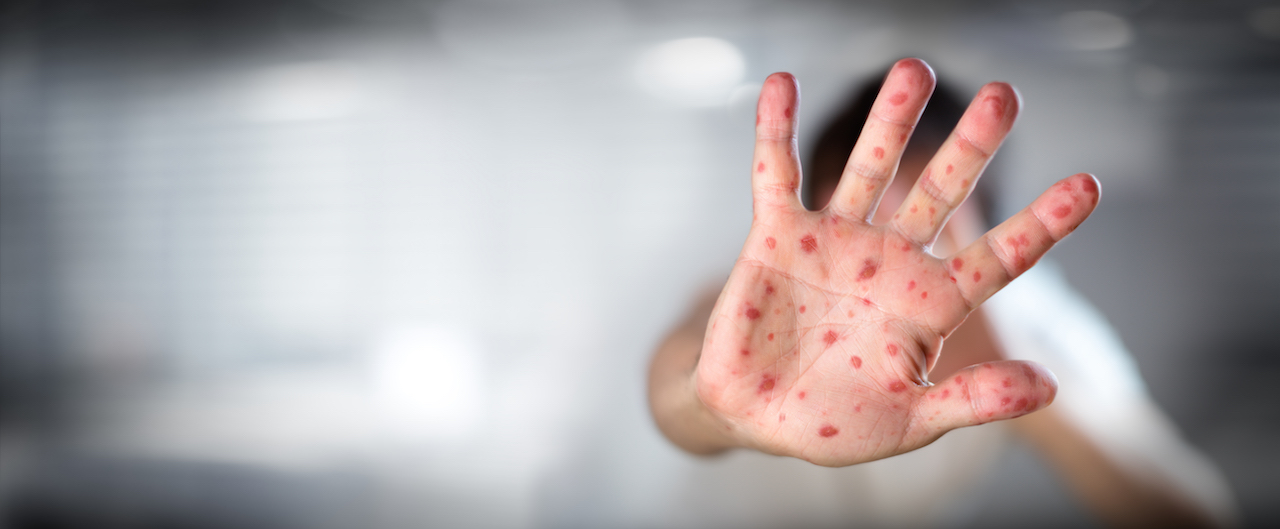You’ve noticed a patch of redness on your skin. It’s slightly swollen and scratchy to the touch, and itchy beyond belief. It’s a rash.
A rash is an irritated area of skin. The affected area may become bumpy, scaly or red in colour. A rash is usually caused by skin inflammation, which can have many causes. These include allergies, medications, cosmetics, and diseases like chickenpox, measles, and eczema.
Rashes are common at all ages, and almost everyone will have some type of rash at some point. Treatment will depend on the cause, but most rashes can be treated at home. Here’s how:
- Wash the affected area with mild soap and warm water. Don’t scrub your skin.
- Gently pat dry. Avoid rubbing.
- Apply an unscented moisturising lotion to the area. If the rash is very itchy, use an over-the-counter hydrocortisone cream. Calamine lotion may also help with itchiness and discomfort.
- If the itch becomes too much or stops you from your normal daily activities, try an antihistamine.
- Let the rash breathe. Leave the area exposed to air as much as possible.
- Wear clothing made from natural fibres like cotton. This allows the skin to circulate over the affected area.
- If you experience any pain, take a painkiller.
You can also try an oatmeal bath. Oatmeal is known to reduce swelling and soothe irritated skin. Simply add half a cup of finely ground oatmeal to a warm bath and soak up. Pat your skin gently when you get out, and avoid harsh rubbing as you dry. If getting into a bath full of oatmeal doesn’t appeal to you, there are many over-the-counter oatmeal bath mixes, lotions, and soaps you can try.
What not to do
- Don’t use fragranced soaps to clean the rash.
- Avoid touching and scratching the area. This may worsen the rash and lead to scars and infection.
- Don’t wear wool and synthetic fabrics next to your skin.
- Don’t use strong detergents to wash your clothes. Rather use a mild soap.
- Stay out of the sun. Keep the area cool and moisturised. Heat can dry out the skin and worsen the rash.
When to see your doctor
Get medical help immediately if:
- The rash does not respond to treatment or gets worse.
- You experience any new symptoms like increasing pain, fever, dizziness, vomitting, and diarrhoea.
- The rash lasts longer than two weeks.
References:

